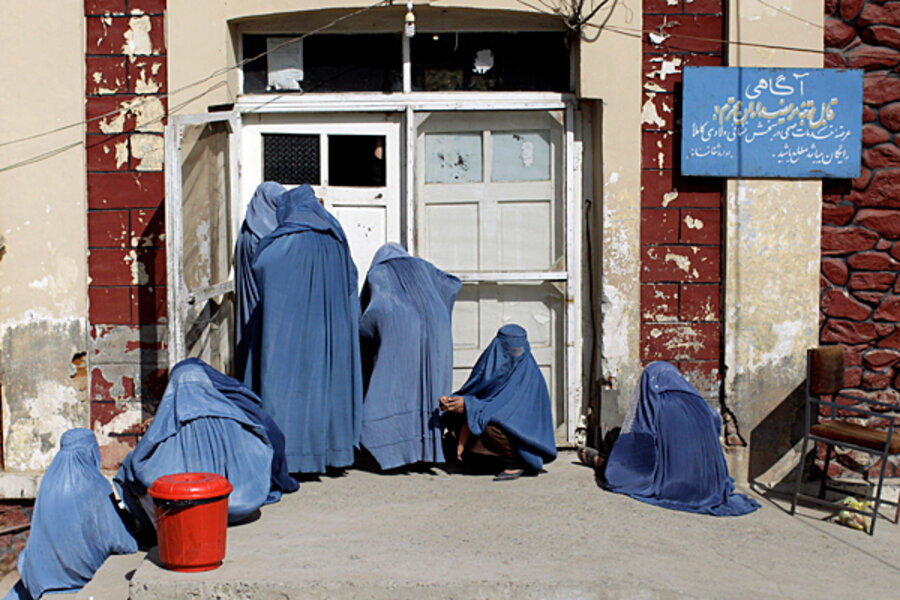Mistreatment of Afghan women caused by far more than Taliban
Loading...
| Kabul, Afghanistan
Police arrested an Afghan woman for reportedly strangling her daughter-in-law after she gave birth to a girl instead of a boy. The husband is believed to have helped his mother in the murder, but has since fled. The killing has left many Afghans aghast, including those in northern Afghanistan’s Kunduz province where the murder took place.
Many in the international community are quick to blame such behavior on the Taliban or its influence, but the group appears uninvolved. Mistreatment of women is common across Afghanistan's political and ethnic spectrum and incidents like the latest murder stem from traditional practices in Afghanistan that predate the creation of the Taliban. The recent conviction in Canada of wealthy Afghan immigrant Mohammed Shafia, who murdered three of his daughters for not following his strict rules, was another reminder of such traditions.
“Traditions control life in Afghanistan more than the laws or rules,” says Rohullah Qarizada, head of Afghanistan’s Independent Bar Association. “In Afghanistan we have rules and regulations. We are rich in laws. The problem is that we are having trouble implementing these laws.”
While murders like the one in Kunduz are at the extreme end of the spectrum, violence against women is widespread. According to a recent report by Oxfam 87 percent of Afghan women reported experiencing physical, psychological, or sexual abuse or forced marriages.
Though Afghan laws exist to protect women, they’re rarely enforced. The United Nations found that in the two years since the passage of a law created to stop violence against women, it has only been used in about 100 cases.
“The majority of young girls and young women I work with do not understand anything about our rights,” says Fatana Ishaq Gailani, founder and chairwoman of the Afghanistan Women Council. “We have a very weak government. They are not thinking about the life of women, most of the work for the women in Afghanistan is for show.”
One of the most devastating blows to the credibility of those assigned to protect the rights of Afghan women in the government came almost two years ago when a court convicted Marhaba Karimi, the former Women’s Affairs director in Kunar province, of torturing and brutally murdering her daughter-in-law.
Afghanistan does not struggle with women’s rights because of the Taliban, rather the Taliban represents an extremist version of rural Afghan social constructs. The Taliban's members are overwhelmingly ethnic Pashtoon, a culture with rigid social rules, especially in rural areas.
“If we go to the life of Pasthuns, without being a Talib they’re already very closed community regarding women’s freedom and they have a history of a lot of honor killings,” says Massouda Jalal, a former Afghan presidential candidate. “Without even being Talib, they are like that. They live historically in tribal structure with very strict rules on women’s rights, so to add Taliban ideology on the top of tribal structure and values, what will be produced?”
In 2011, Afghan President Hamid Karzai pardoned a teen girl who'd been jailed for adultery. She said she'd been raped and fell pregnant as a result. Karzai pardoned her on condition she marry her rapist. Mr. Karzai's government has jailed hundreds of women for having sex out of wedlock and other "moral crimes."
Ms. Jalal cautions against viewing all Pashtuns as Taliban or like the Taliban, pointing out that social violence against women also comes from other ethnic groups. The solution to protecting women's rights, say experts, is much more complex than getting the Taliban out of the picture.





